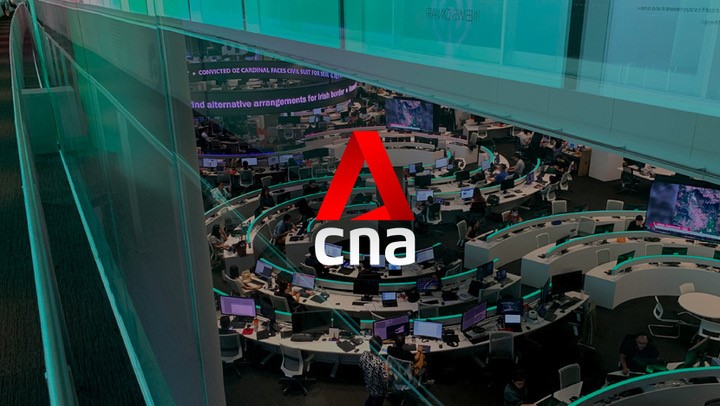LONDON – Stocks remained around all-time highs on Friday as investors awaited U.S. payroll figures to see if they would change their minds on when central banks will begin to withdraw their pandemic support and whether inflation is here to stay. The STOXX index of 600 prominent European firms rose 0.3% to 457 points, only three points below its all-time high set last month.
Chipmakers were a bright spot, with ASML up 1.3 percent after Micron Technology Inc said it would use ASML EUV equipment in production starting in 2024. The stock of ASM International surged 1.7 percent as the company predicted increased order intake in the second quarter. The MSCI All Country World index remained mostly unchanged, barely below its all-time high set earlier this week. “With equity markets like the S&P 500 at all-time highs, the market is apprehensive, and there’s a general sense that a downturn is coming, but when will it be and what will be the catalyst?” said Giles Coghlan, chief currency analyst at HYCM. On Wall Street, the S&P 500 hit an all-time closing high for the sixth straight day on Thursday, as the new quarter opened with positive economic statistics. Unemployment claims continued to fall, reaching their lowest point since the epidemic shutdown.
“A really strong run of jobs statistics could be one cause for a reversal, raising expectations of quicker rate hikes from the US. That could be enough to cause a sell-off in the stock market “Coghlan explained. S&P futures hit fresh highs, indicating a stable start for Wall Street, though sentiment will be influenced by payrolls data due before the open. Futures for the Nasdaq were up 0.2 percent. According to economists polled by Reuters, the US economy added 700,000 jobs in June, up from 559,000 in May. That would be higher than the monthly average of 540,000 in the previous three months. Despite this, employment would be 6.9 million jobs lower than it was in February 2020.
While equity markets are buoyed by the promise of a strong economic rebound, investors are concerned that a rapid recovery from the epidemic could boost inflation to an unfavorable level for the US Federal Reserve.
Former US Treasury Secretary Lawrence Summers predicted that large US fiscal spending would trigger inflationary pressures unprecedented in a generation, while others say that talk of a return to 1970s-style inflation is just that until wage pressures return in force.
“The situation remains unpredictable, and no one can make a confident prediction at this time. Any increase in inflation will have a big impact on the markets “Invesco’s global market strategist, Tomo Kinoshita, said: Fund flows into global stocks, bonds, and money markets, https://fingfx.thomsonreuters.com/gfx/mkt/qmypmdbnxvr/Fundpercent20flowspercent.html 2% of the population a global percentage of 20% equities %20 equities %20 equities %20bonds%20bonds%20bonds%20bonds%20bonds%20 a percentage of 20% 20markets.jpg The 10-year U.S. yield traded at 1.4407 percent in bond markets, mostly holding below 1.5 percent in recent weeks, thanks to lower inflation predictions. On Friday, the dollar was trading near a 15-month high versus the yen and multi-month highs against other major currencies, as traders bet that solid U.S. labor data would push it much higher. The dollar climbed to 111.66 yen, its highest level since March of last year. The euro fell to $1.183 US Dollars. USD, fingfx.thomsonreuters.com/gfx/mkt/nmovaxwwdpa/USD.png On signals that OPEC+ producers may boost output more slowly than planned in the coming months, oil prices are near their highest levels since 2018. On Friday, OPEC+ continues discussions on increasing oil output after the United Arab Emirates blocked a deal the day before, resulting in an impasse that might result in less petroleum on the market and a further rise in prices, which have already reached 2-1/2-year highs. US oil futures were practically flat on the day at US$75.12 per barrel, after reaching a high of US$76.22 on Thursday, the highest since October 2018. (Editing by Simon Cameron-Moore, Giles Elgood, and Chizu Nomiyama; additional reporting by Elizabeth Howcroft and Hideyuki Sano)/n


